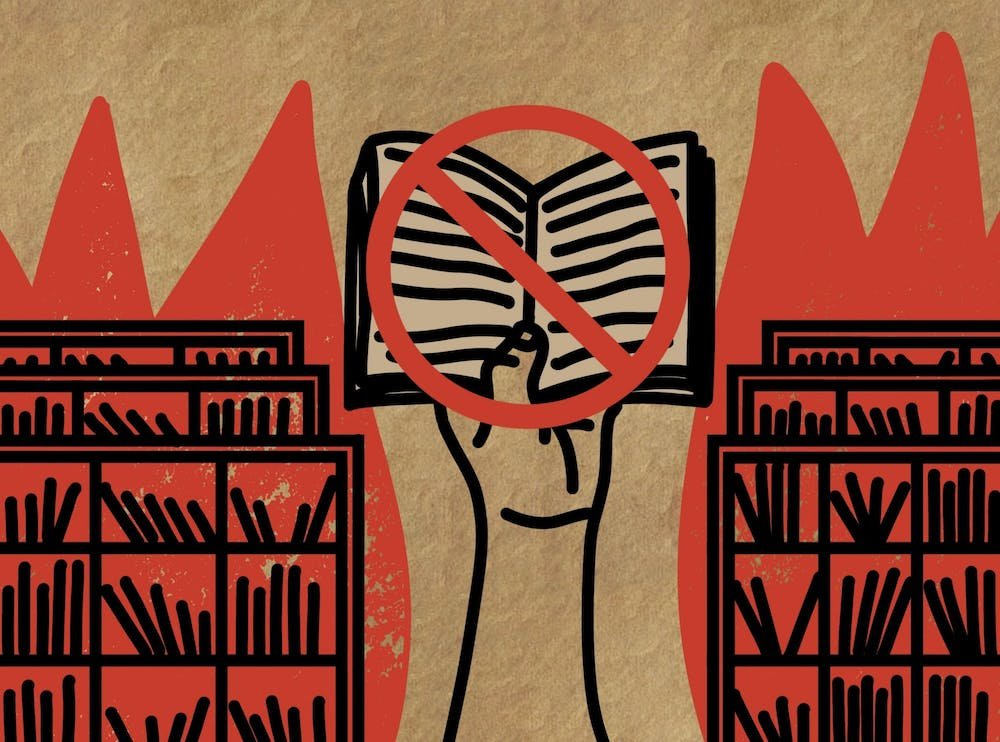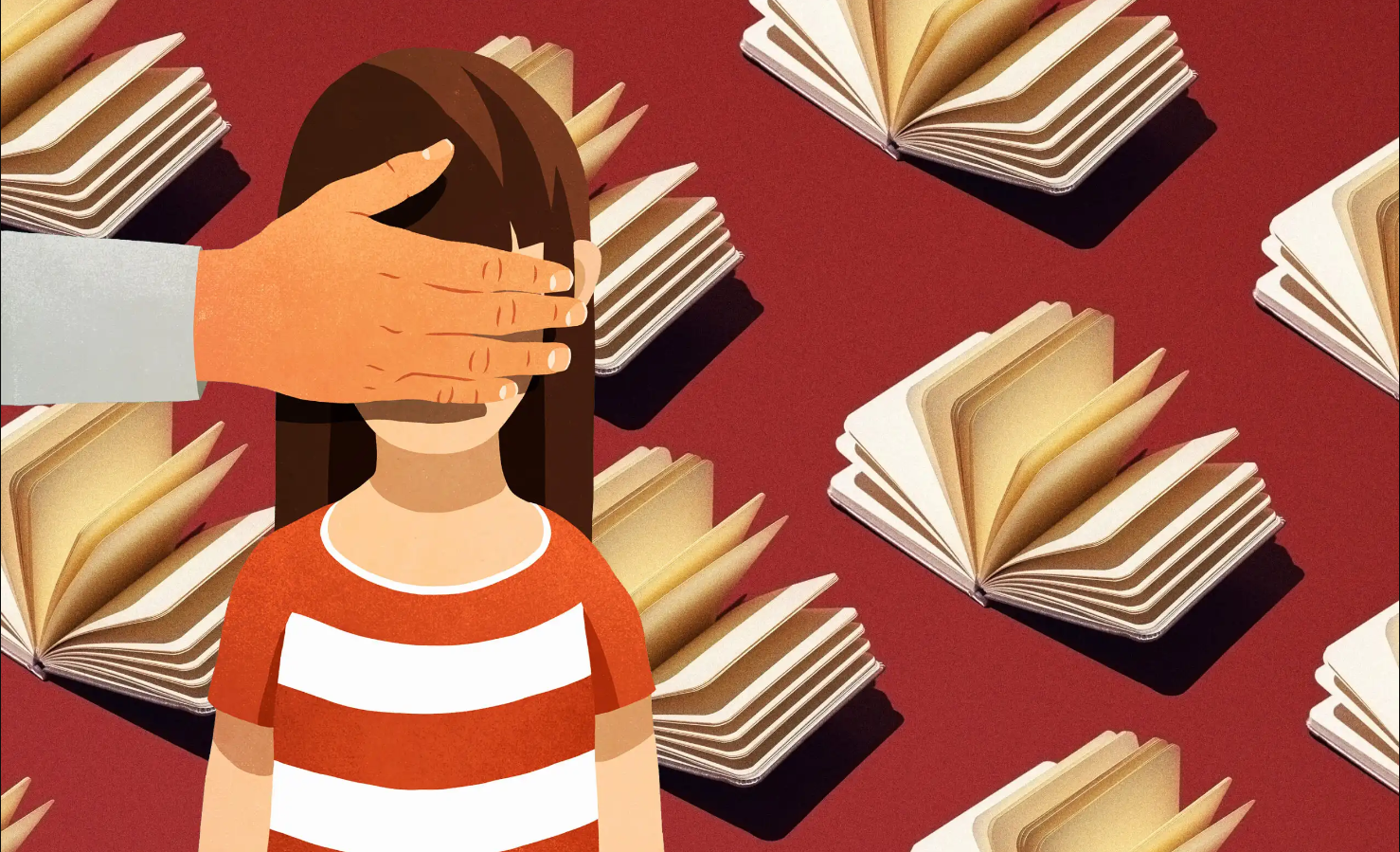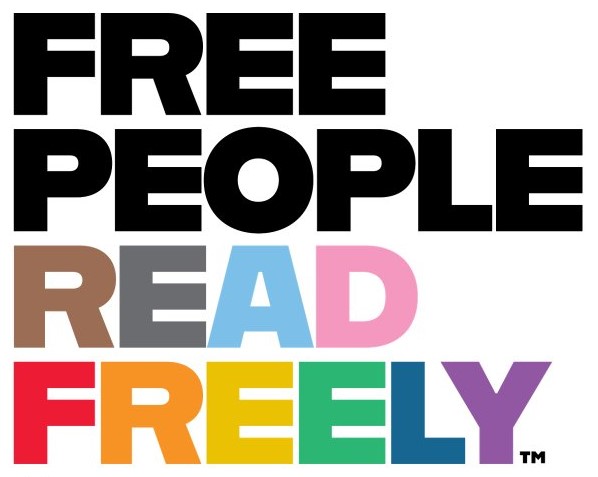What is a Book Ban?

Today, books are under profound attack in the U.S. They are disappearing from library shelves, being challenged in droves, and being decreed off limits by school boards, legislators, and prison authorities. The books that are being targeted are the ones that have long fought for a place on the shelf. Books by authors of color, by LGBTQ+ authors, book by women as well as titles about racism, sexuality, gender, and history.
Book banning occurs when private individuals, government officials, or organizations remove books from libraries, school reading lists, or bookstore shelves, because they object to their content, ideas, or themes. Those advocating a ban typically complain that the book in question contains graphic violence, expresses disrespect for parents and family, is sexually explicit, exalts evil, lacks literary merit, is unsuitable for a particular age group, or includes offensive language.

Book banning is the most widespread form of censorship in the United States, with children’s literature being the primary target. Advocates for banning a book or certain books, fear that children will be swayed by its contents, which they regard as potentially dangerous. They commonly fear that these publications will present ideas, raise questions, and incite critical inquiry among children that parents, political groups, or religious organizations, are not ready to address, or that they find inappropriate.
It is important to recognize that books available in schools, whether in a school or classroom library, or as part of a curriculum, were selected by librarians and educators as part of the educational offerings to students. Book bans occur when those choices are overridden by school boards, administrators, parents, or even politicians, on the basis of a particular book’s contents.

Those who are most affected by book banning are the students in the classroom. When books are banned or challenged, the footing of the curriculum becomes unstable. By opening children up to places, people, and different cultures, these books can help children develop empathy for others. By nature, children are self-focused and it is difficult for them to imagine different experiences and lives outside of their own. Books that show representation of different people and situations that are unlike from theirs, can teach them empathy. Books can also provide representation to children who come from marginalized communities.
When you take these books away from students, it gives them a narrow way of looking at the world. Students will not be able to understand different cultures, worldviews, religions, etc., if individuals keep banning books that have these elements.

https://www.mtsu.edu/first-amendment/article/986/book-banning
https://www.ala.org/advocacy/bbooks/banned-books-qa
https://pen.org/book-bans-frequently-asked-questions/
https://bookriot.com/book-banners-dont-know-what-a-book-ban-is/
https://pen.org/report/banned-usa-growing-movement-to-censor-books-in-s…
